H.perforatum (hypericum androsaemum) is a complex phytochemical composition that involves substances from various groups. It contains flavonols (hyperocide, quercitrin, isoqrercitrin, quercetin and rutin), bioflavonoids (I3, II8-biopygenin, amentoflavon and I3, II8- biapigenin) naftodiantron derivatives (hypericin and pseudohypericin), phloroglucins (hyperphorin and adhyperforin), phenolic acids (clorogenic acid, caffeic acid, pherulic acid).
Efficacy and breach of the Hypericum perforatum and efficacy of the phytochemical on depression therapy are introduced with the clinical investigations. Besides its efficacy on slightly-to moderate depression therapy, it is an important alternative for depression therapy due to the facts that it has abortus side effects and these effects are not serious effects.
German Commission E approve the usage of Hypericum to treat diseases such depression and neural system which are psycho-pegatative and emerge when conflicts aren’t solved as a result of insufficiant intellectual and emotional degree.
“Hypericin” is not charge of the “antidepressant” effect on the plant H. Perforatum alone. Investigations really introduced that compositions such as hyperforin, anthocyanins (with hypericin), flavonoids (mainly rutin) could be charge of the antidepressant effect.
Valerina officinalis known as centranthus is rich in terms of effective substantial such as sesquiterpene compositions, sesquipertene carboxlyic acids and valeprotiats. World Health Organization prescribes the usage of Valerian preparations that known as soporific agent and moderate sedative whose effects known clinically instead of benzodiazepines that is a synthetic sedative (tranquilizer) reducing the stress on the somnipathy connected with neural tension and anxiety.
It makes sleeping easy and enhances the quality of sleep in case of sleeping disorders. It is neuroleptic, tranquilizer, relaxing and anti-spasmodic. It helps to remove anxiety and nervousness that occur in case of giving up the cigarette. Its effects are approved by Board of Health Commission E.
Melissa officinal is a powerful antioxidant depending on the compositions that it transfers. Melissa extracts and essential oil have antibacterial and antiviral effects. It transfers phenolic acid (mainly rosmarinic acid), tannins, monoterpoens, sesquiterpene and triterpenes as major compositions. Commission E grants approval as moderate sedative and carminative.
Humulus lupulus variola has spasmolytic and sedative effects. Variolas of the herbs transfer essential oil, bitter substances, α-acids (humulon, kohumulon, adhumulon), β-acids (lupulon, kolupulon, adlupulon), phenolic acids, tannins, flavonoids (kemferol, quercetin, rutin) and kalkons (ksantohumol).
Humulus lupulus extracts increases the effects of the sedative








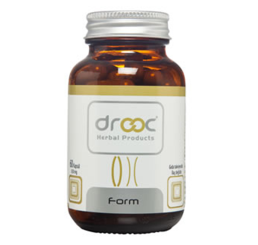

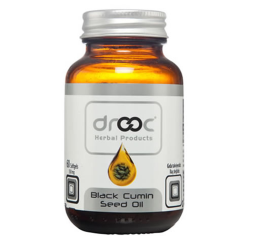

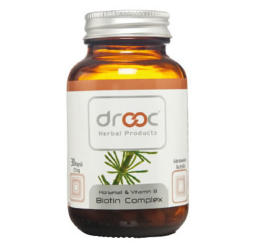

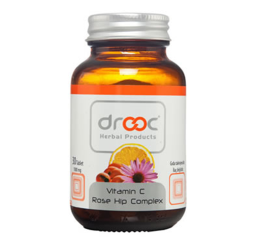

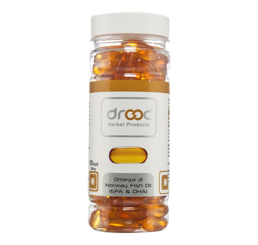

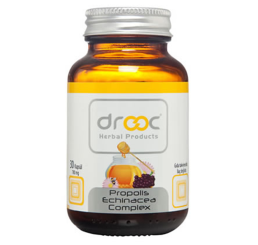

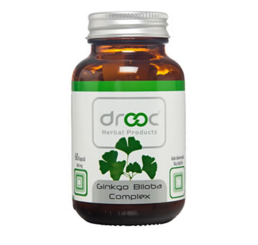

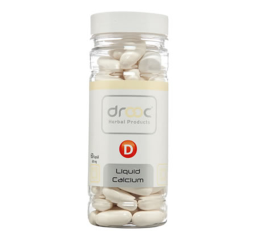

Hen�z yorum eklenmemi�. Yorum eklemek i�in buraya t�klay�n�z